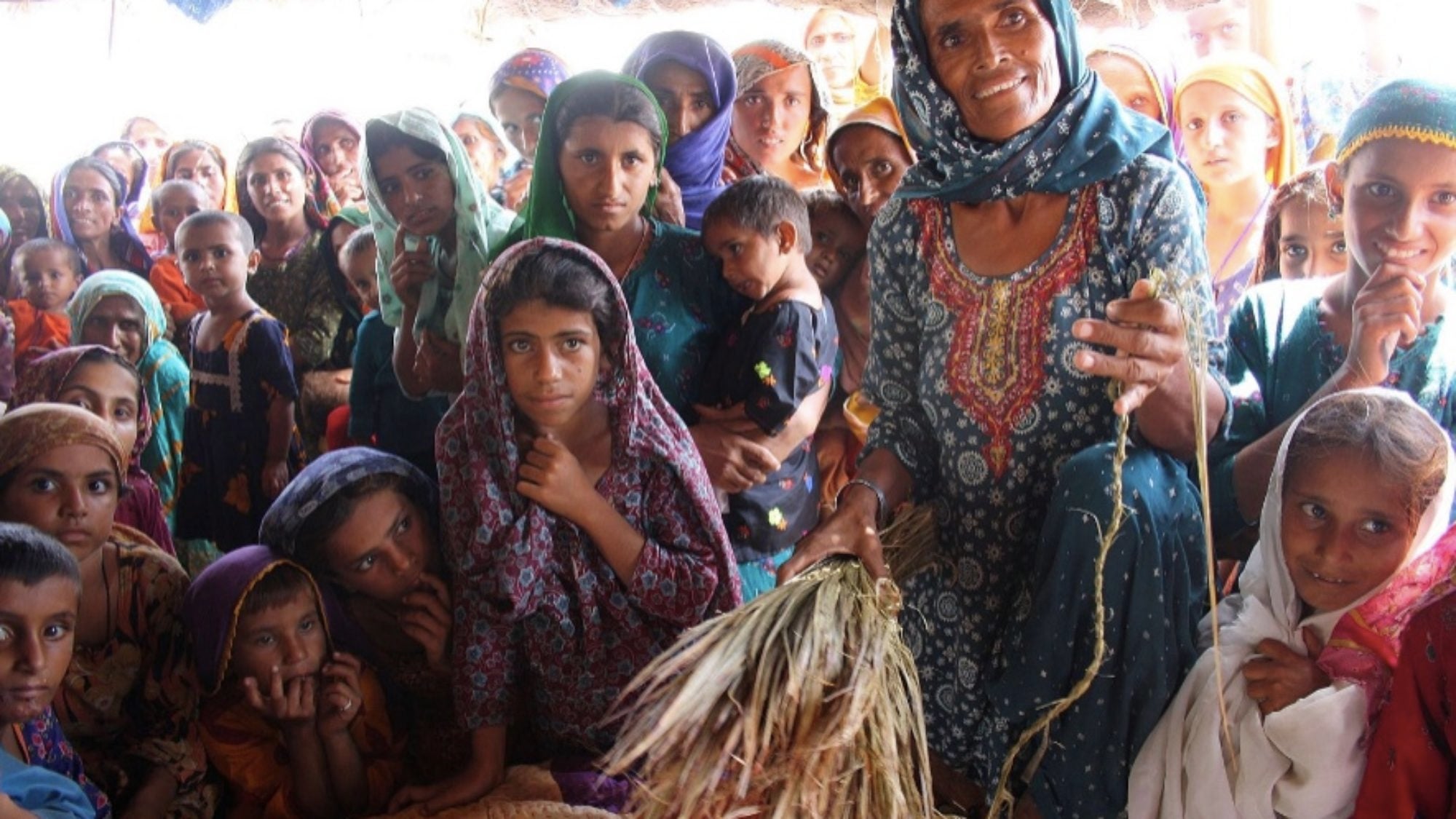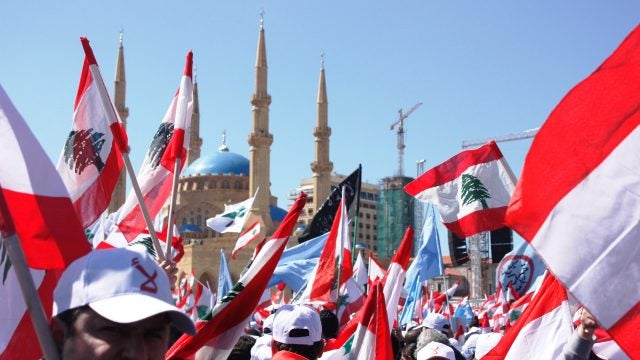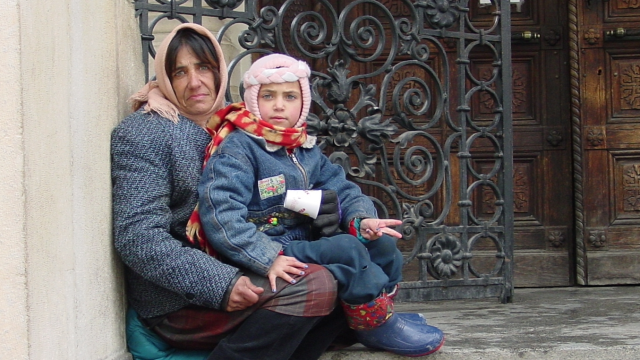
Title: Women & Violence in Pakistan: Designing Institutions for Women’s Protection
The most recent study on reported incidents of gender-based violence (GBV) in Pakistan shows an upward trend of violent crime against women – with kidnapping, rape, murder, honor killings, domestic violence, and acid throwing as the most commonly reported. Conviction rates for these crimes remain dismally low, but within this grim backdrop lies a ray of hope. In the past decade, the government has enacted a quick succession of pro-women legislation despite strident political opposition from the religious right. Among other things, new laws provide women with rights and protections against workplace harassment, acid crime, and anti-women practices while strengthening the existing legal frameworks on gender crimes. The latest legislation comes from Punjab, the largest and best-resourced province in the country, but also one with a disproportionately high incidence of GBV. The 2016 Punjab Protection of Women Against Violence Act (PPWVA) protects women from all forms of violence, serving as a high point in the lengthy struggle to get GBV on Punjab’s political agenda.
The PPWVA creates its own implementation mechanism, including an elaborate, female-run justice system for GBV survivors that works parallel to the mainstream legal system. It proposes Protection Centers – also known as Violence Against Women Centers (VAWCs) – that integrate all services victims need on an immediate basis within a single infrastructure. The first of these VAWCs launched in Southern Punjab in 2017, offering services that include police reporting and investigation, prosecution, first aid and forensic testing, psychological help, post-trauma rehabilitation, and mediation. The government’s commitment to set up VAWCs under the Chief Minister’s Strategic Reform Unit implies its recognition of the state and criminal justice systems’ massive failure to protect women against violence.
Unfortunately, while the PPWVA is intended for VAWCs to help survivors navigate a fragmented and dysfunctional legal system, it underemphasizes a critical aspect of women’s protection: enhancing their agency within a deeply entrenched patriarchy. To its credit, the PPWVA is not silent on this larger problem, but the law pays only lip service to institutional arrangements for women’s social and economic empowerment. One such proposal is the extension of each VAWC to include shelter homes, ostensibly to provide residential and other services, such education and vocational training, to women seeking protection at the centers. Unfortunately, so far, the government’s resources do not extend to setting up these homes or to overhauling and sustaining existing ones. Activists have long understood that breaking away from myriad forms of patriarchal social control that trap women in a vicious cycle of disempowerment, subordination, and abuse requires an array of social support services. These include safe housing, financial support, vocational skills, and employment opportunities, in addition to effective legal protection. Thus, the government must prioritize well-provisioned shelters or crisis support centers in order for VAWCs to successfully empower women.
The good news is that Punjab has had sufficient experience with shelter homes and crisis centers, both state-run and privately funded, to identify and address the crucial gaps in support service provisions. State-run shelters known as Dar-ul-Amans– literally “places of peace” – have existed since the 1960s and currently operate in each of the province’s thirty-six districts under the Punjab Social Welfare Department (SWD). The Dar-ul-Amanshave historically provided safe accommodation for GBV victims or those at risk of violence while they seek police and legal help. However, while they offer an important service, a recent empirical study highlights not only various shortfalls in their service provision, but also material flaws in their institutional design.
The most obvious of these is the lack of integration between Dar-ul-Amans and other institutional stakeholders in the legal process. They remain separate from law enforcement and courts, as well as from services like legal aid and assistance, psychological counseling, and medico-legal help. Despite repeated efforts to foster inter-institutional cooperation, structural constraints have severely impeded access to legal remedies. These include bureaucratic inertia within the SWD, scarcity of resources, virtual absence of coordination with the police and the courts, and a pervasive lack of sensitization to women’s needs in crisis. Thus, far from helping streamline the criminal legal process for GBV victims, Dar-ul-Amansserve a limited function as custodial shelters for women at high risk of physical harm.
Quite apart from bureaucratic failures within the SWD and the broader criminal justice system, the social organization of Dar-ul-Amansraises concerns about restrictions on women’s choices and mobility. Typically, women access the Dar-ul-Amansonly after obtaining a magistrate’s court order or registering with the police – regardless of current guidelines enabling otherwise – and can only exit with the magistrate’s permission. During their residence, they remain confined within the shelters and security guards must accompany them to and from the courts. Critics deplore this prison-like approach to sheltering GBV victims, arguing that it isolates women and reinforces social control. Furthermore, Dar-ul-Amans are ill-equipped to provide social support services like transitional housing, follow-ups, or income-generating skills that socially and economically empower GBV victims to avoid forcible reconciliation with their abusers.
Since the 1990s, multiple institutions have emerged in response to these gaps in women’s protection. Veteran rights activists Asma Jahangir and Hina Jilani were the first to set up a private shelter for women with a human rights framework to protect their political and social freedoms. Known as Dastak, literally “knock on door,” this shelter provides a holistic model of crisis intervention for GBV victims. The services include safe housing, legal aid and representation, and counseling and resettlement services, without conditioning women’s freedom or subjecting them to police scrutiny.
In the late 1990s, the federal government took notice and set up Human Rights Crisis Centers for walk-in, need-basedcounseling and referral services, along with free legal aid and assistance. These crisis centers have been in the cross hairs of a larger political battle, but fortunately have survived threats of closure. Further,the Punjab Commission on the Status of Women (PCSW) – the oversight body for the Punjab government’s policies on women’s empowerment – is presently piloting a program on Transitional Housing for Women. This initiative works in collaboration with the SWD to integrate various support mechanisms to empower GBV survivors residing at the SWD’s welfare homes – the Dar-ul-Falahs, literally “places of welfare” – due to destitution and homelessness. However, the pilot ends later this year, with little hope that the SWD will overcome its characteristic apathy to allocating further resources for the program’s continuation.
The VAWCs are the most recent initiative in this ad hoc, tentative, and experimentalline of institutional predecessors in Punjab for protecting women against violence. They laudably attempt to plug a major systemic gap in women’s access to criminal justice by providing a “one-stop-shop” for crisis management and legal protection. Some speculate that once VAWCs operate fully in all Punjab districts, parallel services like Dar-ul-Amansand Crisis Centers will shut down. Troublingly, the government’s fixation on VAWCs, combined with the police and prosecution’s dominant role in these institutions, overlooks the bigger problems of GBV survivors’ social and economic disempowerment. Many fear the loss of lessons gleaned from these institutions about structuring support in ways that enhance women’s mobility, autonomy, and choices. There is also little guarantee that VAWCs will not fall prey to the same kind of bureaucratic malaise that ails other government departments like the SWD. Therefore, the government now must demonstrate its commitment to women’s protection through a larger framework of social and economic empowerment.
. . .
Maryam S. Khan is a Research Fellow at the Institute of Development and Economic Alternatives (IDEAS), a think-tank based in Lahore. IDEAS was established in 2012 with the vision to strengthen the economic and social foundation of democracy in Pakistan through rigorous evidence-based research. Maryam’s focal areas of research include constitutional and federal design, criminal justice, constitutional rights and judicial politics, and lawyers and political action.
More News

The United States has succeeded in negotiating a ceasefire between Israel and Hezbollah. If it is to succeed in turning this ceasefire into a foundation for lasting security, the United…

The disproportionate reservation practice in Bangladesh, which favors certain groups in public sector employment, has resulted in the ousting of Prime Minister Sheikh Hasina’s government. Organized student protests have been…

The Romani “tradition” of early marriage is not just a quaint custom. Human rights activists emphasize that it is a cover for a profound issue of segregation and discrimination against…